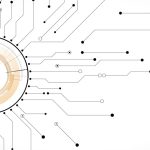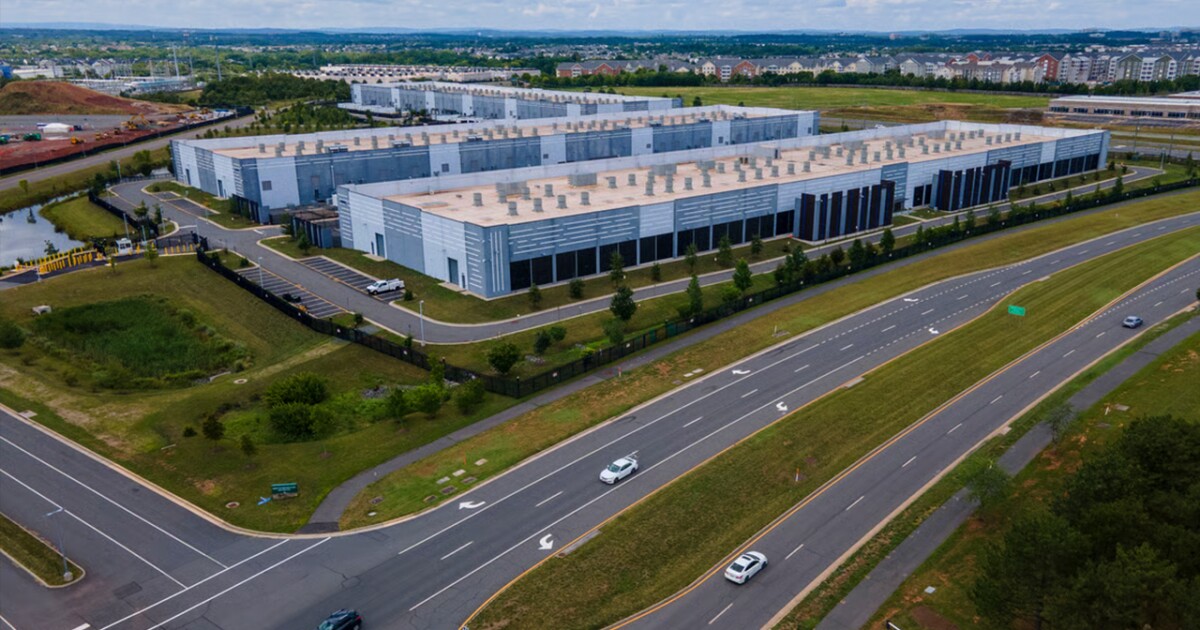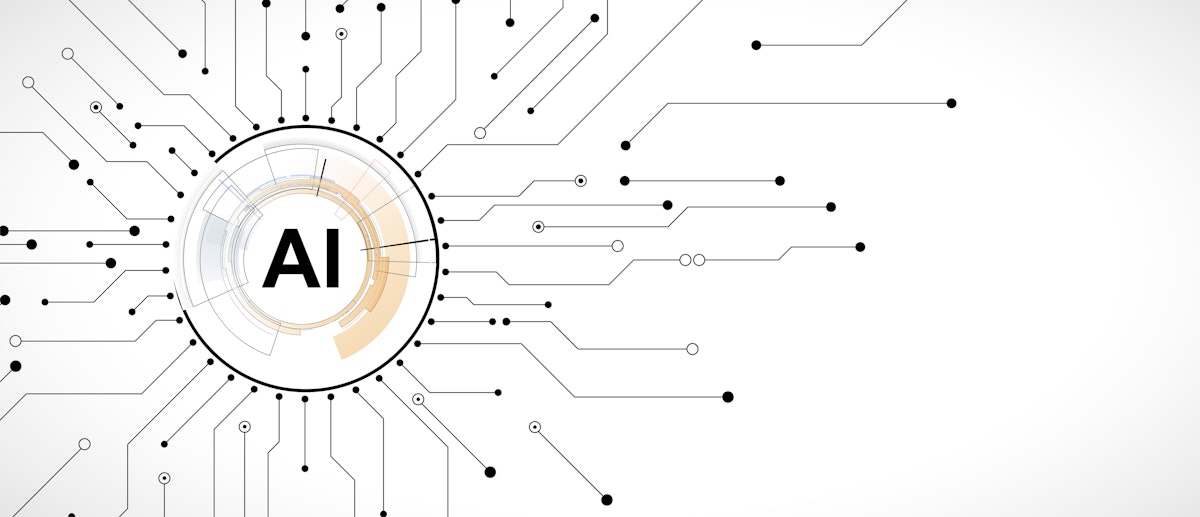California lawmakers have considered dozens of bills related to artificial intelligence this year. It’s a number that has rapidly increased over the past two years as lawmakers grapple with the growing presence of technology and its possible negative impacts.
And a growing area of concern is the relationship between generative AI and state resources, as the technology becomes everyday life for Californians. Experts say generative AI is increasing energy and water demand in data centers.
But the question is: by how much?
Assemblymember Rebecca Bauer-Kahan authored a bill requiring data centers to report their energy usage. This was not successful. But she said work on the bill began with that question and a desire for more transparency.
“As I started asking questions about what kind of data would allow us to understand the energy needs of the growing data center industry, it seemed like the answer was that there was no high-quality data,” Bauer-Kahan said.
Assembly member Diane Papan has authored a similar bill aimed at tracking water usage in data centers. It required centers to provide estimates of their expected water consumption when applying for a business license and then an annual water consumption report. These centers typically require large amounts of water to cool servers and other equipment.
“I think the more information we have, the more it will help us integrate data center growth into this broader task of climate-resilient resource management, particularly as it relates to water,” Papan said.
The bill passed the legislature but was vetoed by Gov. Gavin Newsom. In a statement, Newsom said he was “reluctant to impose rigid reporting requirements on the operational details of this sector without understanding the full impact of this technology on businesses and consumers.”
The decision surprised Papan, who had initially described the bill as sure to pass given lawmakers’ desire to optimize water planning in California. She said she disagreed with his thinking.
“Not having that transparency and how much water they’re using so we can plan doesn’t really help the industry,” Papan said. “We need to balance innovation and sustainability.”
Find a balance
Data centers are places that contain the servers needed to provide essential online services, such as web searches and video streaming. Large-scale data centers have been around for decades, starting around 30 years ago.
But with the more recent rise of generative AI – the type used for chatbots like ChatGPT – the demand for water and energy on these centers has increased.
Shaolei Ren, associate professor of electrical and computer engineering at UC Riverside, said discussions about the environmental impacts associated with the growing use of AI are not completely new. Artificial intelligence has been integrated into online platforms for years, such as on YouTube, for example, where AI is used to provide personalized video recommendations.
But Ren said it wasn’t until after 2020, when the general public became more aware of the integration of generative AI online, that these conversations really took hold. And with the growth of this technology comes increased demand for resources – in California and the rest of the country.
Citing a report from the Lawrence Berkeley National Laboratory, Ren said data centers accounted for 3% of the country’s energy consumption in 2020. This is expected to increase to 12% by 2028.
Ren said how data centers consume these resources also plays a role in their impact on state resources. A data center can consume the same amount of water per year as an office building, for example. But if most of that consumption occurs during a hot summer month instead of being distributed evenly throughout the year, it could create a different kind of stress on water resources.
All of these factors, he said, could create problems later if not addressed.
“I think it’s going to create a lot of tension because we don’t have a lot of resources available,” he said. “And also because users [are] start using these AI services directly.
Ren said there are studies done in other states that give an idea of the water and energy consumption of some data centers. But he said most of the data centers that share this information are massive, large-scale centers run by companies like Google or Microsoft.
In California, however, Ren said it’s more likely to find what’s called a “co-location” data center, which is a place where several independent companies can rent servers.
“This type of data center tends to be more conservative, more secretive, compared to Google or Microsoft, which are relatively more transparent,” Ren said.
But some voices in the industry say this type of legislation could do more harm than good. Dan Diorio, vice president of state policy for the industry advocacy group Data Center Coalition, says the group opposed the bills largely because it feared publishing their water and energy usage would put data centers’ proprietary information at risk.
He also says that requiring companies to report their energy and water usage — and possibly adding efficiency standards on top of that — could encourage the growing AI industry to expand its operations elsewhere.
“This is going to create a comprehensive set of separate efficiency standards for an industry rather than across the board,” Diorio said. “This makes it particularly more difficult to develop data centers in the state of California.”
Shared interests
Ren sees bills like Bauer-Kahan’s and Papan’s as necessary to understand the resources data centers need and the pressure of that demand in California.
He mentioned another bill — authored by California Sen. Steve Padilla and which has been signed into law — aimed at assessing the possible impacts of data center energy consumption on ratepayers. This bill, he said, is an example of legislation that could shed light.
“A lot of people are speculating or suspecting that these new data center charges would have an impact on utility rates,” he said. “But there is no concrete evidence due to the lack of transparency in the electricity sector.”
Padilla said his bill aims to address exactly that problem.
“I think it’s important to collect this data,” Padilla said. “It’s important to assess the impacts because then we can stop arguing about some basic facts and think about how we’re going to respond to them.”
Assembly member Bauer-Kahan says transparency will be key to ensuring the security of California’s energy and water resources. She said she was surprised that her bill faced opposition.
“I really thought the data center industry would be on board with this because they also want to keep power in data centers,” she said.
Now, she said she’s re-evaluating what that would look like to return to this issue next year.
“We all have an interest in having a network that will withstand the demands placed on it,” she said. “To achieve this, we need to build a sufficiently resilient network, which involves a lot of planning. »
Papan also shared his intention to return to his bill in the new year.
“We are going to bring this bill and this issue back again because we have to be prepared,” Papan said. “California is still leading the way. Why wouldn’t we with data center water usage?”










